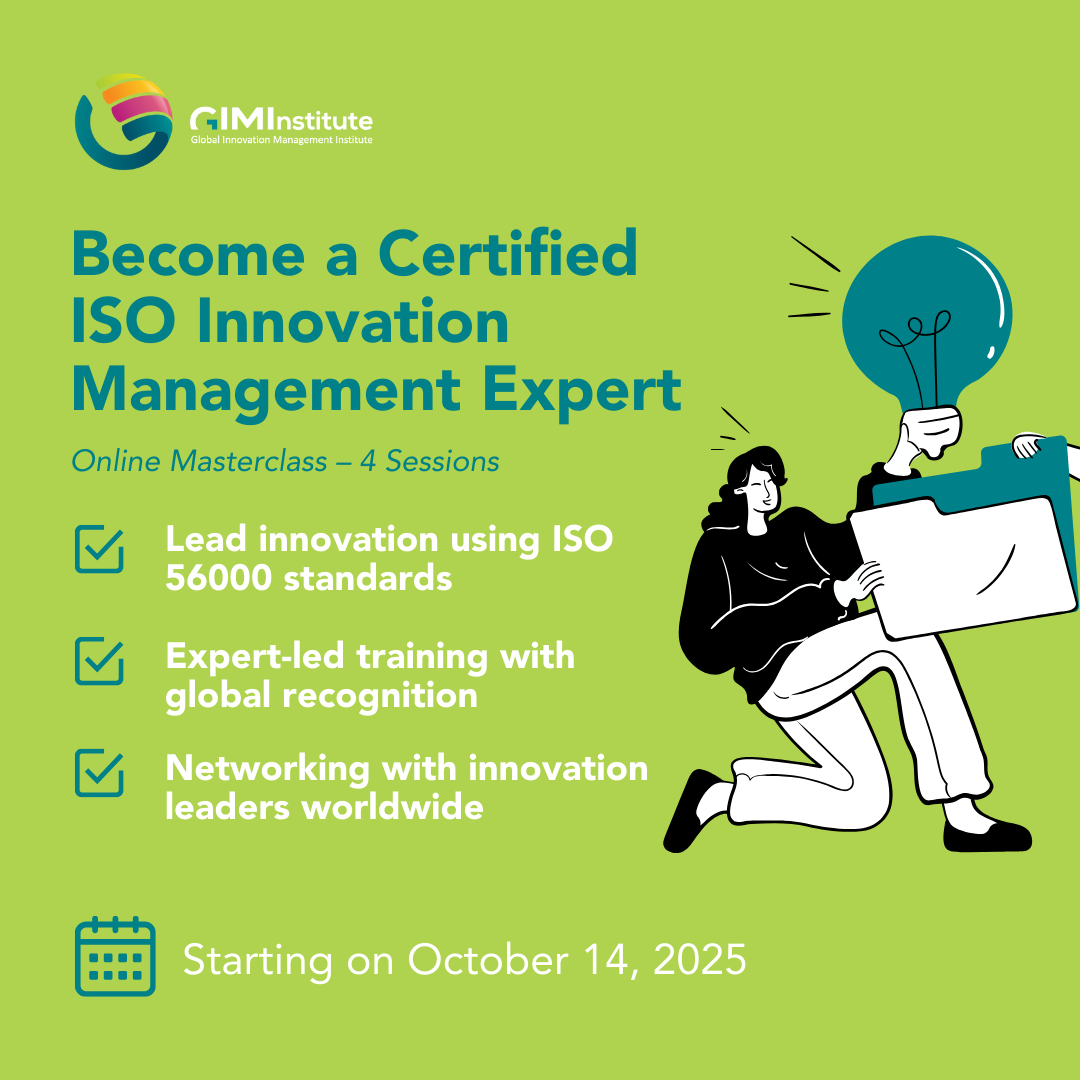From Striking Out to Hitting the Bullseye: Why It’s Time to Rethink How We Pursue Innovation—and Aim Before We Act
For years, innovation has been treated as a numbers game: take more swings, fail fast, and iterate quickly. This baseball-inspired mindset made sense—especially in environments where the cost of failure is low and feedback is immediate, like UX or consumer software. Try something small, learn, and adjust. Speed matters.
This approach was reinforced by the conventional wisdom that “customers can’t tell us what they want.” And at first glance, that seemed true. Customers often struggle to articulate features or solutions—but that’s not their expertise or responsibility.
“For suppliers to ask customers what features they want is like doctors asking patients what treatment they want. They don’t know.”
While customers may not be able to tell us what features they want, they can tell us what they’re trying to accomplish, how they define success, and where they struggle given their current solutions. That’s a breakthrough.
Why the Old Innovation Playbook Made Sense—Until It Didn’t
Agile, Design Thinking, Stage Gate, and Lean Startup were all developed at a time when this distinction wasn’t fully appreciated. So, they focused on rapid prototyping and iterating to discover both the problem and the solution at once. That was the best thinking available—and at least it kept companies engaged with customers, even if the signals were hard to interpret.
Today, we have a better understanding. With methods like Lean JTBD OS™, we can reveal unmet customer needs before designing or building solutions—by focusing on the job the customer is trying to get done, not the product they think they need. This doesn’t replace other innovation processes—it enhances them. It identifies and defines the target customers’ unmet needs so you can experiment only on the efficacy of your solution—not guessing about the customers’ problem as well.
The Shift: From Guessing Twice to Aiming First
Maybe innovation shouldn’t always be executed like baseball. Maybe—especially when the stakes are high—it should be executed like archery.
In baseball, if you miss, you just swing again. That works when testing low-risk elements like button colors or pricing tweaks. But when launching industrial equipment, entering a new market, or defining a growth strategy, you can’t afford to miss. You don’t get unlimited swings. That’s when innovation must look more like archery—when the risk of missing the mark is too high to justify guessing.
In archery, you aim first. You define the target clearly before you shoot.
When you run experiments without first identifying what job the customer is trying to get done and where their unmet needs lie, you’re guessing twice—first about whether the need is real, and second about whether your solution addresses it. That’s avoidable risk, not agility.
Why It Matters: Risk, Creativity, and Confidence
By contrast, when you start with clarity about your customers’ important unsatisfied needs, your creativity improves. Not surprisingly, a well-defined customer need is one of the most powerful creativity triggers in innovation. Accurately defining the problem often sparks surprising, high-potential solution ideas. And your experiments become more efficient and effective because you’re testing how well your solution addresses a clearly defined need—not whether an unmet need even exists.
What Edison and Jobs Got Right
Thomas Edison and Steve Jobs understood this. Edison famously said he didn’t fail—he just found 10,000 things that didn’t work. But that’s misleading without context. What’s often left out is how he chose what problems to solve based on market demand. After a significant failure early in his career, he swore he’d never waste time on inventing without first confirming there was a real need.
Additionally, Steve Jobs insisted on starting with the customer experience and working backward to the technology—not the other way around. Edison and Jobs sequenced their innovation process to first identify and validate the unmet needs in their target market and then generate ideas, prototype, iterate, and develop accordingly.
A Simpler, More Precise Way Forward
So, what’s changed? We now have frameworks—like Lean JTBD OS™—that let us:
Understand what customers are trying to accomplish (the job)
Identify how they measure success
Discover where they still struggle
This allows us to uncover and prioritize unmet needs with greater clarity—even without large-scale surveys—before we ideate, prototype, or test. It helps reduce costly misfires, improve alignment, and gives teams a clearer path toward achieving product/market fit earlier in the process. Inspired by the foundational principles of Tony Ulwick’s Outcome-Driven Innovation®, Lean JTBD OS™ offers a simpler, more accessible way to reveal unmet customer needs before committing resources to ideas, prototypes, or product development.
If your next move involves defining a new market, reimagining value creation, or making a major product or portfolio bet—you may not need more swings. You need better aim. When innovation stops being a numbers game and starts being about aiming first, your aim improves—and so does your impact.
Want to go deeper?
On July 2nd, I’ll be presenting Lean JTBD OS™ to the GIMI innovation community. This session will introduce a simpler, more accessible way to uncover and prioritize unmet customer needs—before development. Whether you’re leading innovation in a startup or scaling inside a large organization, you’ll walk away with practical tools and insights that reduce risk and increase your impact.



